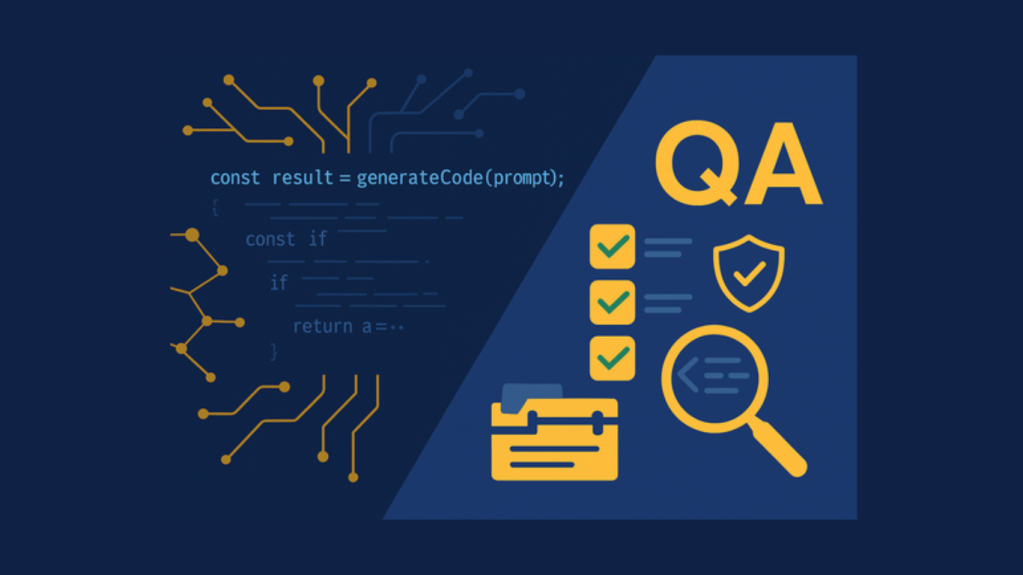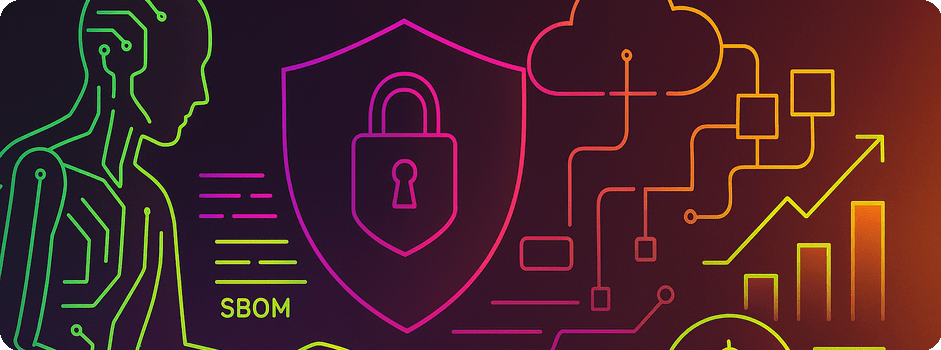Technology is impacting every business, everywhere, around the world. As we begin the latest industrial revolution industrial manufacturing, supply chain, and logistics are realizing the benefits of microservices and the reach of technology.
These technology changes in the industrial manufacturing space are improving time to market, as well as revenue and efficiency. These trends span across hardware, systems architecture, and software.
We’ve identified five of the most important trends in the industrial manufacturing software space to help you hone in on the right solutions for your business.
1 – ERPs and Streamlined Business Operations
Enterprise resource management applications, or ERPs, aren’t a new trend in industrial manufacturing software. This system of integrated applications enables the business to more effectively manage all facets of an operation, from planning and marketing to manufacturing, development, and sales.
What is important and groundbreaking for manufacturing companies is the integration between their ERP and other, “satellite” applications. ERPs have a wide variety of tools to manage functions across the company, but organizations frequently have applications outside of their ERP to handle specific functions or are looking to connect seemingly disparate systems. For instance, an organization’s automation software on the manufacturing floor may not have a ready-made connection to the company’s existing ERP.
Modern organizations are using the ideas brought forth as part of the digital transformation revolution – specifically, integrations leveraging APIs – to connect systems in ways never possible before. These integrations truly centralize data and operations.
2 – Improving Partner Communications with Low Code Solutions
Trading data and documents between partners is something nearly every business in the world contends with. Getting and sending invoices and catalogs, receiving orders, and so forth via electronic transfer isn’t new with technologies like EDI. Configuring and setting up document transfer with partners, however, typically requires hours and weeks of dedicate time from IT teams and analysts.
New software options are giving industrial manufacturing teams the ability to build connections from partners to internal systems or create automatic routes for documents with little technical knowledge. These low-code and no-code solutions provide drag-and-drop configuration options. Teams can quickly set up a set of rules for document routing using simplified interfaces, reducing the need for heavy IT involvement.
3 – Direct Selling with B2B2C and eCommerce
Industrial manufacturers have traditionally operated in a business-to-business (B2B) model. Manufacturers sell their products to other business, who in turn sell those products to consumers.
A few years ago, B2B e-commerce was a big trend in industrial manufacturing software. Organizations leveraged the fact that B2B buyers were as interested in the ability to purchase items online as consumers were.
Today, manufacturers have discovered that e-commerce can open up entirely new markets for them. By selling to other businesses as well as consumers, manufacturers are able to get products to market faster, increase profits, have better control of price, and collect more customer data.
Managing both B2B and B2C sales requires having an e-commerce solution that lets you support both channels simultaneously. Your software will need to manage fulfillment, payments, shipment tracking, and customer service activities while providing a clear path for the different buyers.
4 – IIoT, Big Data, and Machine Learning
Manufacturers have already proven their interest and commitment to the Industrial Internet of Things (IIoT). According to a study conducted by IIoT provider, Bsquare, 95 percent of companies believe that IoT has a tremendous impact on the industry.
IIoT is being used across the business, from networked warehouse robots to workers with sensor-enabled tools and safety glasses used to reduce errors and increase safety. IIoT is not only here to stay, its safe to say that we’ll see increased usage as cost and connectivity continue to improve.
The challenge, of course, with IIoT is the volume of data that is produced, and what to do with it. While some of that data helps to increase productivity and profits, as we’ll see in trend number five, below, others provide both a wealth of information and a burden of data. Storage and analysis of that data is an issue, and deriving actionable insights is key.
Combining IIoT with Big Data and machine learning offers a solution to the information challenge presented with such a large amount of information. Big Data – and the ability to store data in the cloud – means that organizations can keep the information that comes in and have it available for analysis.
Machine learning – a form of Artificial Intelligence – can lower the barrier of entry for utilizing all of that IIoT data to create insights. Machine learning takes in massive amounts of data and “learns” from it, producing meaningful reporting and analysis without requiring a company to double or triple its business intelligence staff.
5 – Predictive Maintenance
Predictive maintenance is directly related to the IIoT and machine learning trend from above, but when talking about industrial manufacturing software, it’s so important it deserves its own category.
Breakdowns and downtime are costly, with even short term outages potentially costing hundreds of thousands of dollars. With predictive maintenance alerting manufacturing organizations to when preventative maintenance is required, maintenance costs could drop 20% and significantly extend the life of equipment while reducing downtime.
Predictive maintenance uses the data harvested from sensors and historical data around breakdowns, maintenance, and repairs to help predict the right time to perform preventative maintenance on equipment. Data collection is automated, thanks to IoT devices, tracking a myriad of data points. Performance metrics are monitored and reviewed to pinpoint the optimal time for maintenance. When combined with machine learning, companies can understand when equipment needs attention far before a shutdown or work stoppage occurs.









